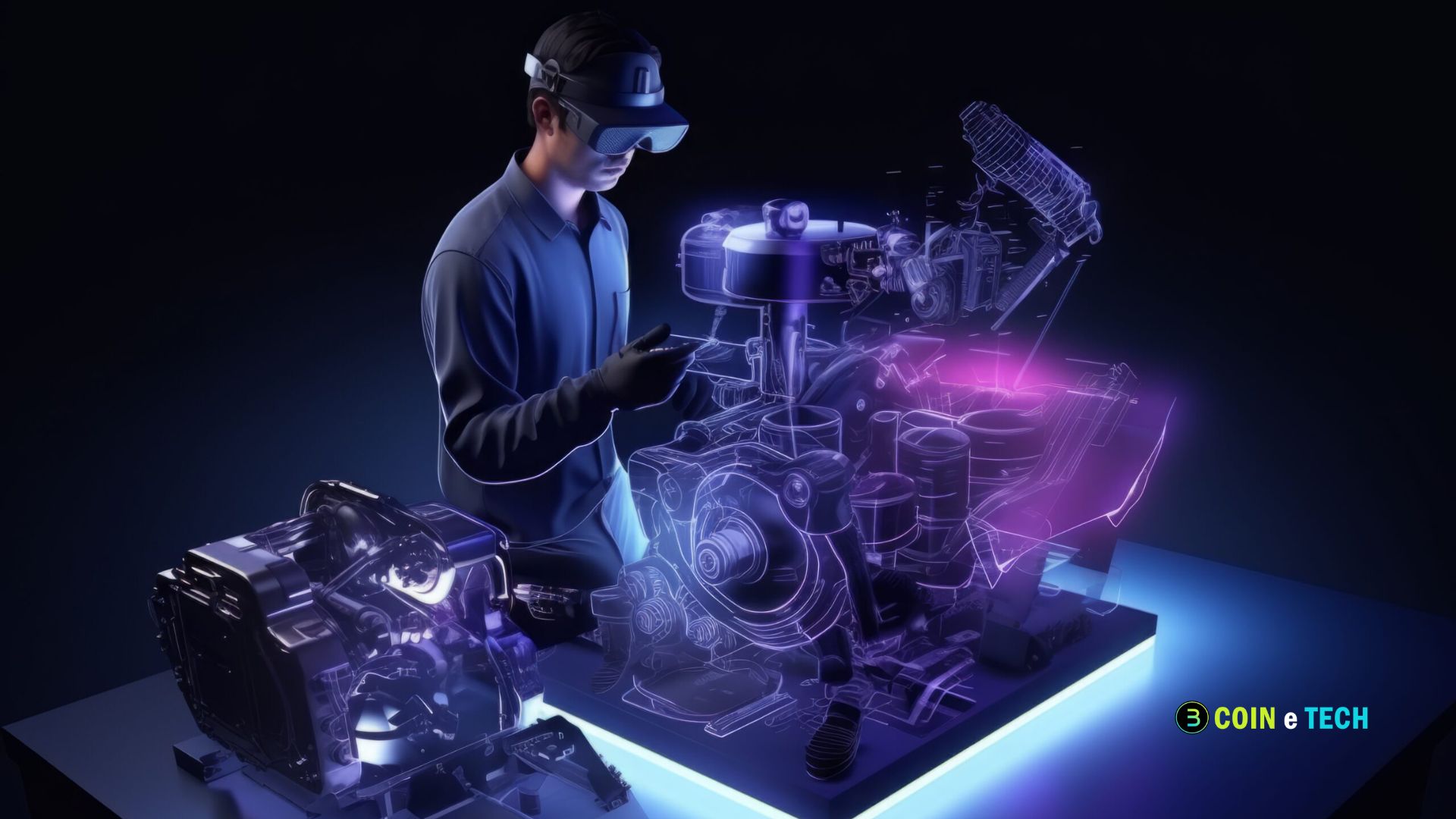Robotic underwater vehicles, or AUVs, are changing how we explore deep seas. AUVs can explore and gather information in places that are hard to reach, saving time and money on research. These devices can work independently for long periods, showing what the seafloor is like.
Understanding Deep Offshore Technology
The tools, methods, and techniques used to find and extract materials from the ocean floor, usually at depths greater than 1,500 feet (460 meters), are called “deep offshore technology.” Engineering, geology, oceanography, and environmental science are just some of the fields that fall under this sector. It requires advanced tools and specialized knowledge.
Critical Components of Deep Offshore Technology
- Subsea Infrastructure: Subsea infrastructure includes pipelines, subsea wells, and manifolds, essential for transporting oil and gas from the seabed to surface facilities. Advanced materials and engineering techniques ensure these structures can withstand high pressures and corrosive seawater.
- Floating Production Systems: Floating production storage and offloading (FPSO) units extract and process oil and gas in deep waters. These vessels are designed to operate in challenging conditions and are equipped with processing facilities, storage tanks, and offloading capabilities.
- Remote-operated vehicles: ROVs play a critical role in deep offshore operations by allowing operators to conduct inspections, maintenance, and repairs without divers. These uncrewed vehicles have cameras and tools, enabling real-time monitoring and intervention.
- Advanced Drilling Technologies: Managed pressure drilling (MPD) and horizontal drilling enable operators to navigate complex geological formations safely. These techniques improve efficiency and reduce the risk of blowouts and other operational hazards.
- Digitalization and Automation: Integrating digital technologies, such as the Internet of Things (IoT), artificial intelligence (AI), and big data analytics, has transformed deep offshore operations. These technologies enhance decision-making, improve safety, and optimize production processes.
Innovations Driving Deep Offshore Technology
The deep offshore sector has seen significant technological advancements in recent years, driven by the need for increased efficiency and safety in resource extraction. Some key innovations include:

- Enhanced Data Analytics: Large volumes of geological and operational data are analyzed using big data analytics and machine learning. This helps corporations choose drilling sites, optimize production, and schedule maintenance. Operators can use historical data and predictive modeling to cut costs and boost success.
- Improved Materials and Coatings: The harsh conditions of deep offshore environments require advanced materials that can withstand high pressures, corrosion, and biofouling. Research into new alloys and protective coatings is ongoing, leading to longer-lasting and more reliable subsea infrastructure.
- Autonomous Systems: Robotic underwater vehicles (AUVs) are changing deep offshore exploration. AUVs can survey and collect data in hard-to-reach places, saving time and money on exploration. These systems can function independently for long durations, revealing seafloor conditions.
- Real-Time Monitoring: Real-time monitoring systems enable operators to continuously track equipment performance, environmental conditions, and production rates. This technology enhances safety by providing early warnings of potential issues, allowing for timely interventions, and reducing the risk of accidents.
Challenges Facing Deep Offshore Technology
Despite its potential, deep offshore technology faces numerous challenges that must be addressed to ensure its viability and sustainability.
Environmental Concerns
Exploration for and extraction of materials from deep offshore areas cause many environmental problems. Some of the problems that must be handled include oil spills, habitat destruction, and possible effects on marine ecosystems. Businesses must spend money on thorough environmental assessments and reaction plans to lower these risks.
High Operational Costs
Deep offshore operations are capital-intensive, requiring significant investment in technology, infrastructure, and skilled personnel. Fluctuating oil prices can impact the economic viability of these projects, leading to delays or cancellations. Companies must develop strategies to manage costs while maintaining safety and efficiency.
Regulatory Challenges
The deep offshore sector has to follow many complicated rules that are different in each area. It can be hard to figure out how to follow these rules and regulations, and businesses must ensure they meet safety, environmental, and working standards. Getting involved with government bodies and other important people is necessary for developing a well-proven project.
Safety Risks
Working in deep offshore settings comes with its own safety risks, such as broken equipment, dangerous weather, and the chance of accidents during drilling and production. To protect employees and property, companies must prioritize safety culture, training, and emergency reaction planning.
The Future of Deep Offshore Technology
As the world’s energy needs grow, deep ocean technology will likely keep getting better and more extensive. As digitalization, automation, and environmentally friendly methods improve, the sector is moving toward more efficient processes that care for the environment. Improving safety, efficiency, and cost-effectiveness will increasingly require autonomous systems, real-time tracking, and data analytics. Renewable energy sources, such as offshore wave and wind power, could also benefit from deep offshore expertise. Energy exploration would have a more sustainable future with this.

However, worries about the climate and regulations will still be significant problems. To be successful, businesses must use better methods, reduce their carbon footprint, and understand complicated rules. Governments, businesses, and research institutions must work together to keep the industry alive, innovative, and long-lasting. As technology improves, deep offshore companies can find a way to balance taking advantage of resources with taking care of the environment.
Also Read: Technology The Good, The Bad, and The Ugly
In Summary
Deep offshore technology is integral to the world’s energy landscape because it helps improve exploration and output. On the other hand, the business has a lot of problems. By adopting new tools and ways of doing things, we can build a better future with ongoing innovations and a focus on sustainability. The deep offshore business can keep providing energy to the world while causing as minor environmental damage as possible. When we think about the future, it’s clear that the ocean depths will continue to be essential for exploration, new ideas, and long-term resource growth.






